Laboratory Turbidimeter: What are the different types that exist?
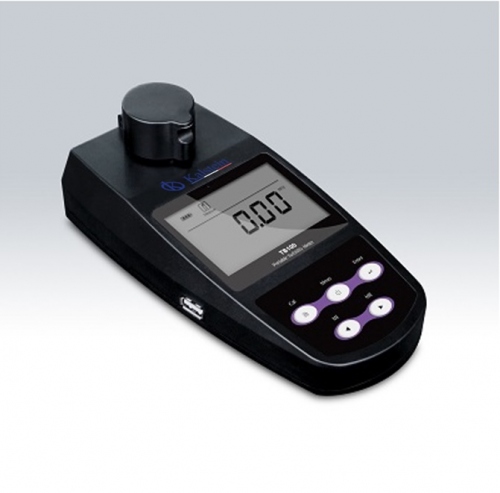
These devices allow us to measure the turbidity of water, being turbidity an indicator of water quality, once the turbidity level is established the appropriate treatment to transform it into quality water such as coagulation, filtration and decantation; turbidimeters are designed to measure water quality, these instruments provide reliable and accurate readings, even in those cases where turbidity is within the lowest parameters.
Fluorometer for a laboratory: how it works
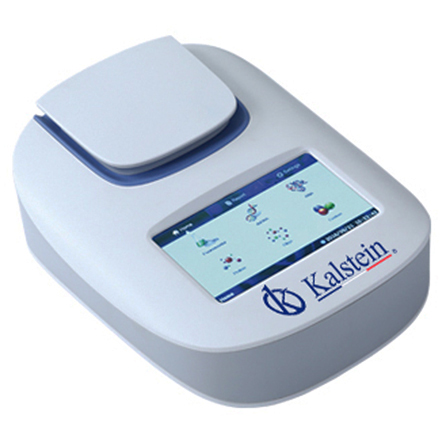
This equipment has as functionality measure the absorbance of all the ingredients in the sample at 260nm, but to be precise the KALSTEIN YR412-A equipment can measure the fluorescence intensity of the fluorescent reagent, which is combined with the target molecule to read the concentration of the sample. In general, the reading is lower than that of the Nano series products, but it is much more accurate, to consult the features and description of our team go to https://kalstein.net/en/category-product/laboratory-line/fluorometer/
What are the parts of a microscope?
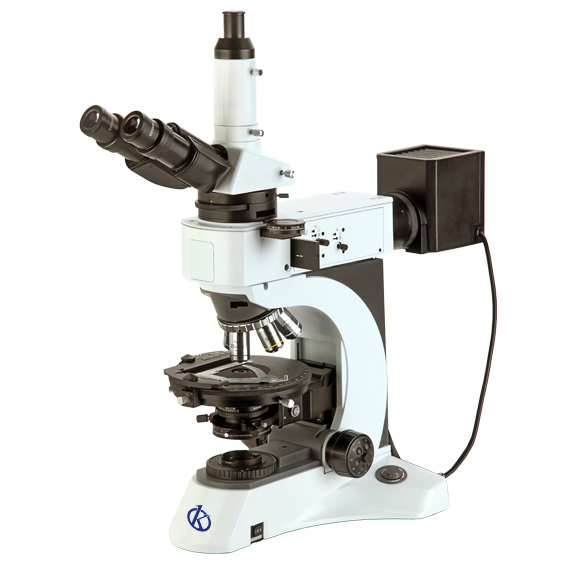
An optical microscope is an instrument by which we can observe elements or structures that cannot be observed with the naked eye, through the use of lenses, viewfinders and light rays, which approach or enlarge the image at scales suitable for examination and subsequent study.
How does electrophoresis work molecularly?
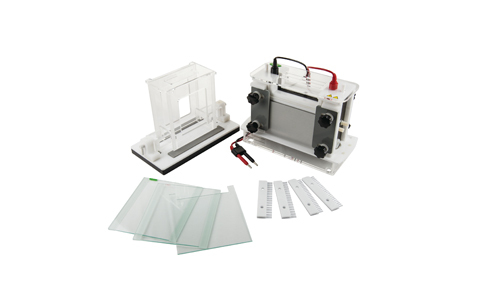
Functionally electrophoresis is a technique that consists of proportional migration of molecules through a gel or other type of porous matrix, depending on their molecular weight or size; movement generated by the electric field, i.e. we apply an electric current to molecules whether biological, DNA, protein or RNA, and they are separated according to whether they are larger or smaller.
Water purification system: What systems exist in a laboratory?
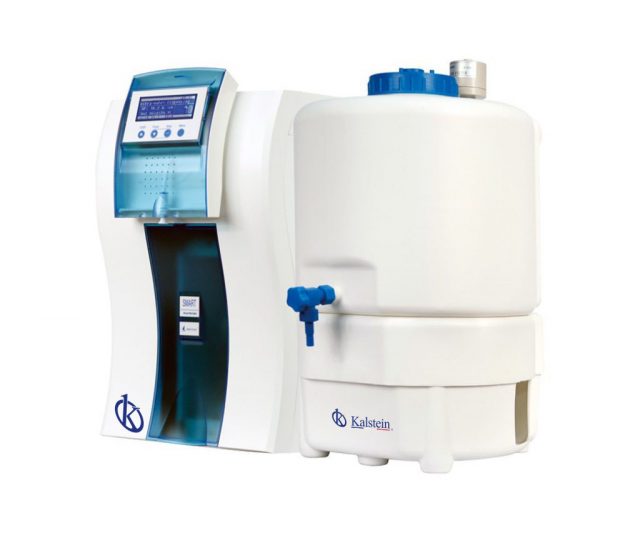
Good quality water is considered a key element to successfully carry out the analyzes and experiments that are carried out in laboratories. Laboratory water purification systems provide a source of pure water, continuously and alternatively, to carry out the different analyses, tests and experiments that are carried out in a laboratory.
Microscopes and Technical Service

We will epistemologically define the word microscope; Micro which means small and scopio which means to observe; this is a reference of the usefulness of this device, which is a device that allows us to observe elements that are invisible to the naked eye, through a lens, viewfinders and rays of light; This instrument includes a set of elements that allows us to enlarge or bring the sample closer to scales where we minimally observe components to perform an analysis and examine the sample.
What types of biosafety cabinets are there?
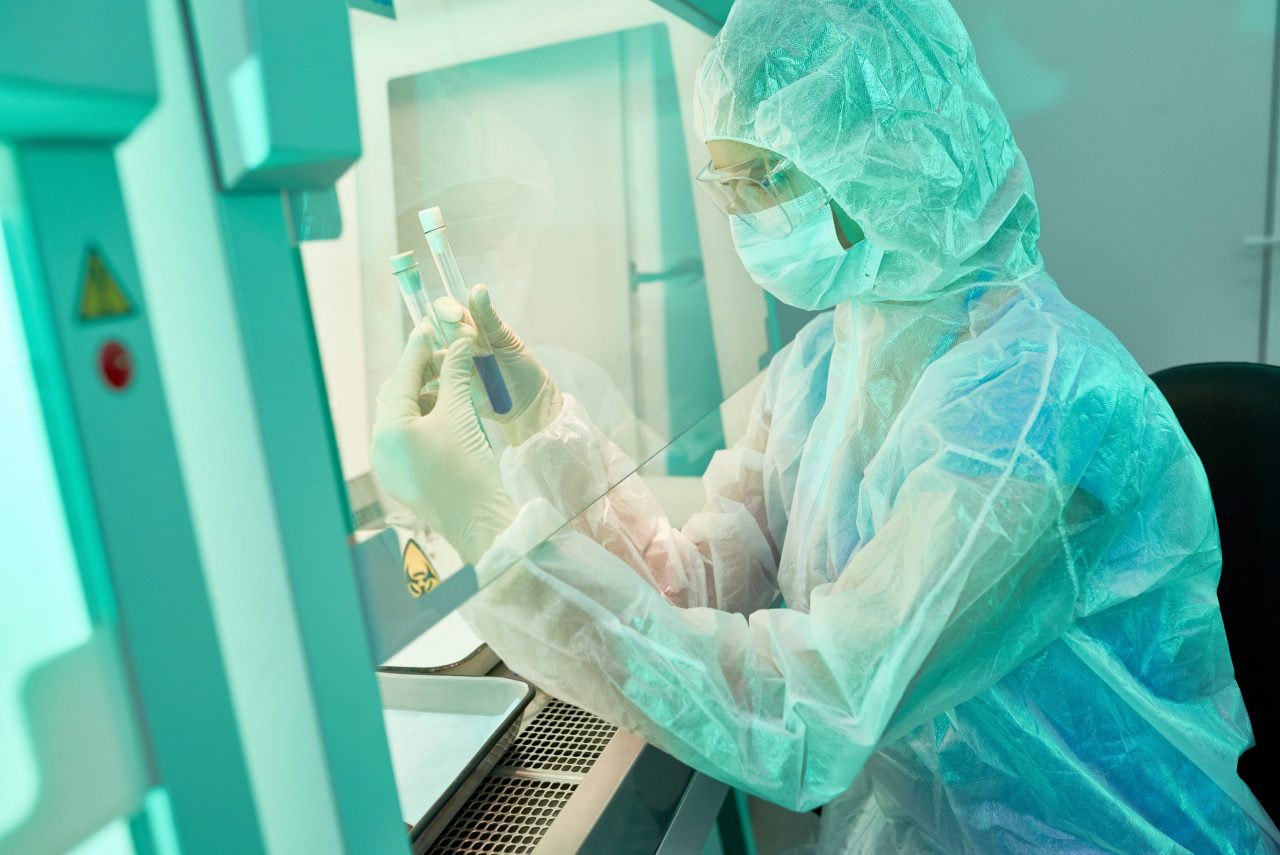
These safety cabinets should be used when it is necessary to protect the user and the sample, or the environment; if it is intended to work or experiment with biological, toxic or allergenic material; or any product of biological or toxic risk, however, when choosing we must be attentive to the needs of our work, that is, the type of protection we want, the degree of confinement of the product, and the objective of confinement.
How many laboratory water purification systems are there?
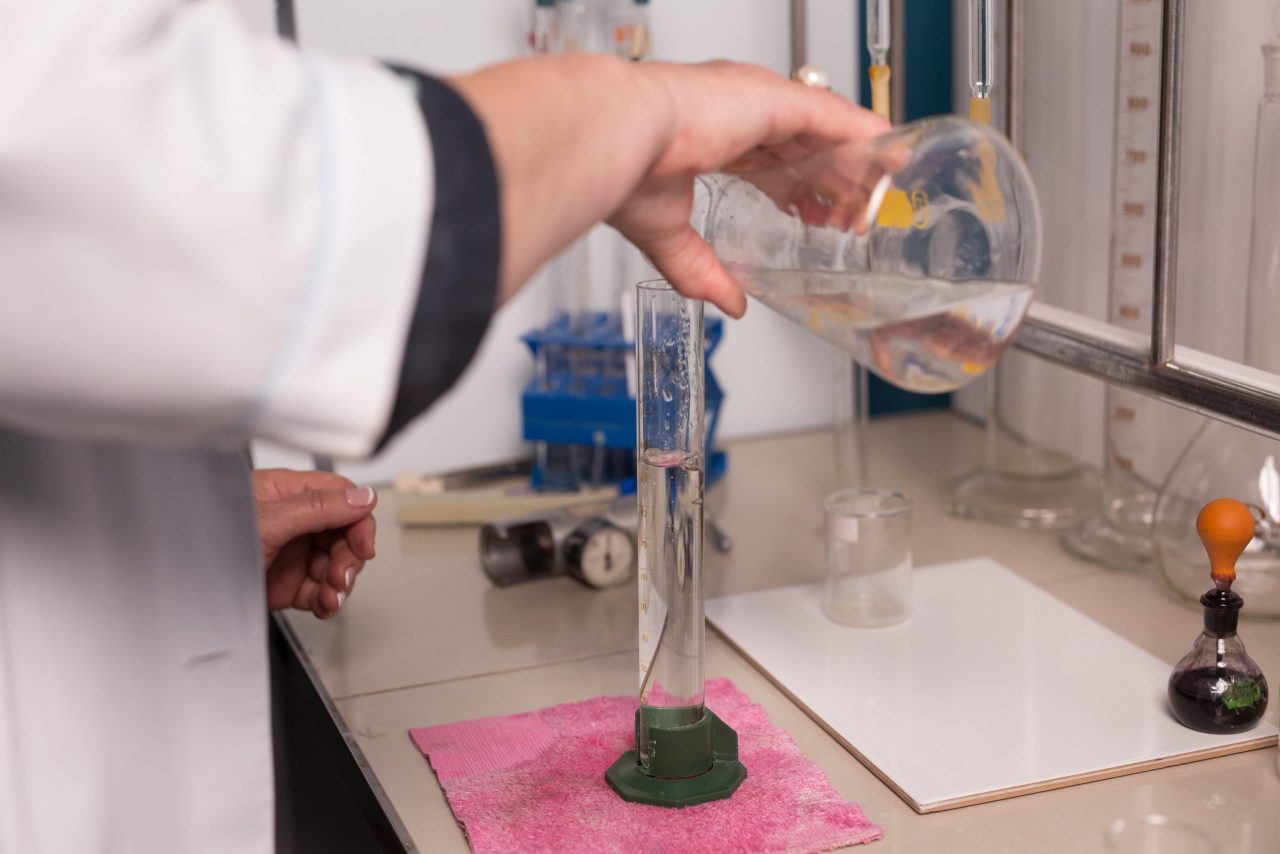
The importance of having quality water in laboratories, focuses on the usefulness and need that purified water represents to wash the glass material, in addition to feeding systems that produce ultrapure water; obtaining quality water is the main concern of laboratory users to carry out accurate experiments and optimal and efficient research; so water purification systems play a very important role; and we must be aware of the variety of systems that exist, their advantages and disadvantages.
Shaking incubators What is their function?
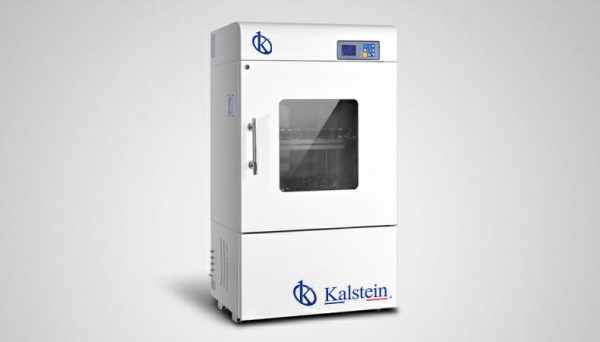
A shaking incubator is laboratory equipment that allows samples to be incubated and shaken simultaneously, for which it has a specialized design that allows it to carry out these functions. They are ideal instruments for different applications such as aeration and cell cultures, microbiological culture development, solubility experiments, hybridization, fermentation, biochemical and enzymatic studies.
What is the importance of a microtome?

The importance of this instrument lies in its use and usefulness, since it works to make very fine cuts, which are required in the area of microscopy; since it is there where these equipment originated, because in order to analyze samples thin enough for light to pass through them, they began as razor blades and made the cut manually, but with technological updates, progress has been made in quality, which today, we have laser microtome.
